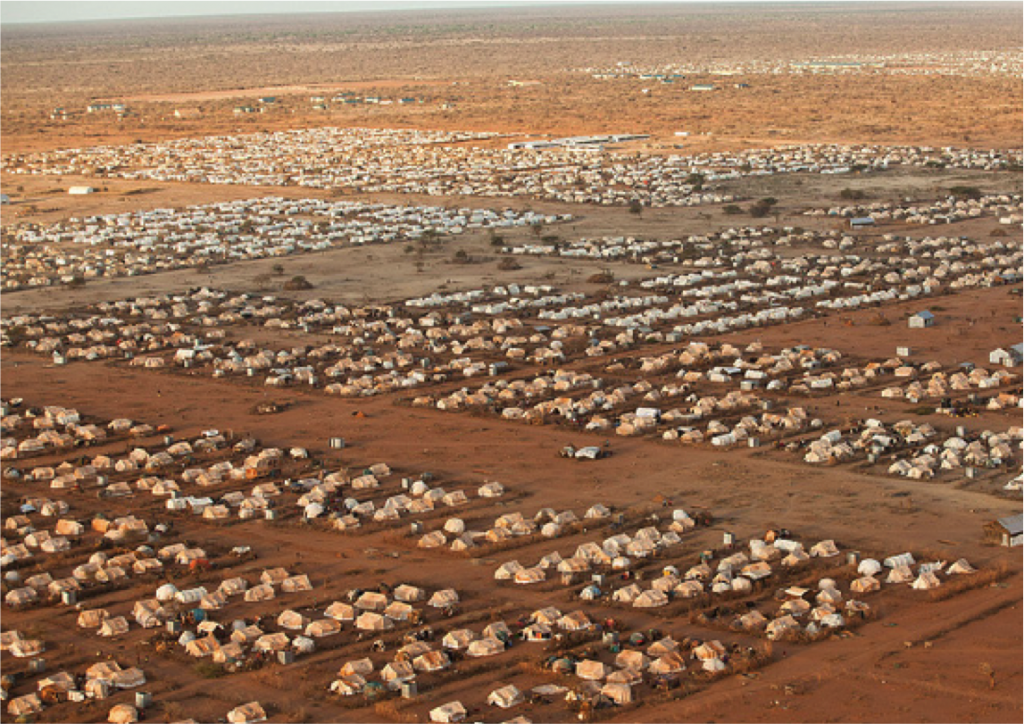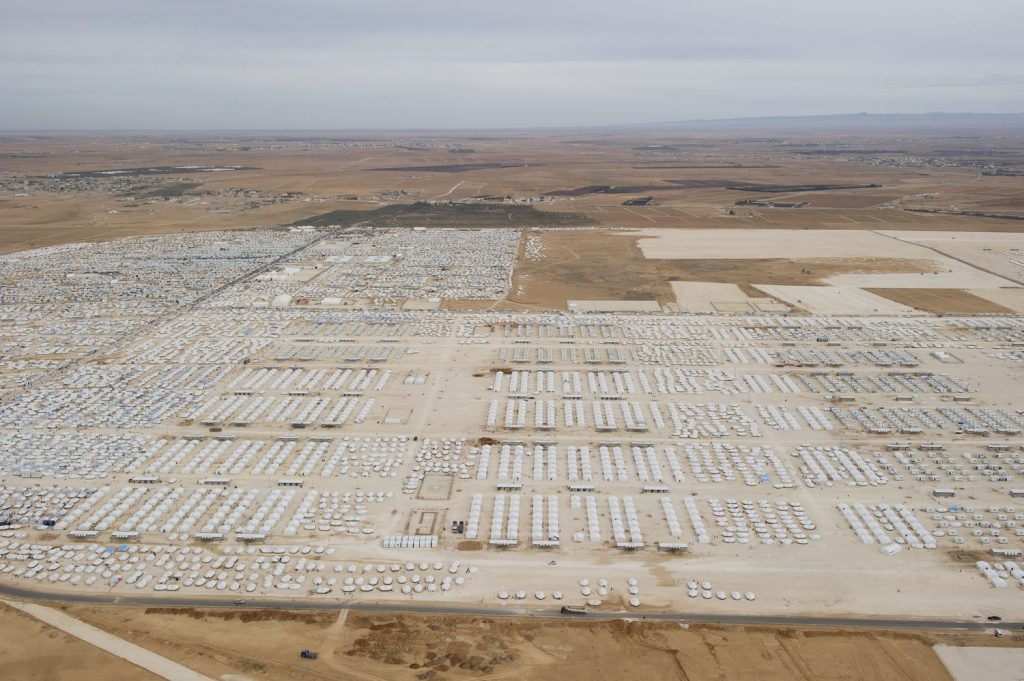— THIS PAGE IS UNDER CONSTRUCTION —
by gerhard gross
Werner Schellenberg had a major role in drafting UNHCR’s Master Plan Approach to camp planning. He contributed his experience with camp planning in a great variety of countries and regions ranging from Malawi to Pakistan, from Angola to Kosovo and from Mozambique to Afghanistan. The Master Plan Approach is now part of UNHCR’s Global Strategy for Settlement and Shelter.
Global Strategy for Settlement and Shelter
From 2014 onward UNHCR has come to develop a holistic approach to settlement and shelter responses adapted to the local context in which the refugees live. This new approach is layed out in the Global Strategy for Settlement and Shelter which provides a dynamic framework for UNHCR and its partners, relevant from contingency planning and preparedness to protracted situations and solutions.
As part of this Global Strategy UNHCR promotes the Master Plan Approach to be applied when designing and developing camps:
Master planning should reflect a consensus reached by the host community, affected population, government and humanitarian and development actors as to how to lay out a settlement. It must take into account land management, existing development plans, and environmental and habitat considerations. This should help to mitigate some of the negative impacts that a new settlement may have, especially when established in fragile environments. Political and social sustainability as well as controlled use of natural resources should be the key elements of planning and should feature in negotiations with governments while selecting site locations. Master planning is [ … ] to ensure that the allocation of functions that include residential areas and services should be tailored around a spatial analysis where populations live, grow and interact. Improved allocation of space is vital to ensure that women, men, boys and girls benefit from equal access to adequate living conditions, safety and security in their new settlement, adequate protection in their homes, and enhanced co-existence with neighbours.
Source: Global Strategy for Settlement and Shelter – A UNHCR Strategy 2014-2018
Lessons Learnt from Camp Planning so far
Apart from Werner Schellenberg’s wide range of experience with camp planning and shelter design in so many contextes there were two outstanding missions which initiated for him rethinking settlement strategies for refugees.
The first was Dadaab Refugee Camp in Norhtern Kenya that was planned in 1992 as a temporary service center for drought and conflict displaced nomadic refugees from Somalia.

The second was Zaatari Refugee Camp in Northern Jordan, opened in 2012 for a temporary settlement of refugees from Darra Province in Syria.

Due to continued conflict dynamics and civil war in the countries of origin both camps developed far beyond their original target size and stayed for many more years than anticipated. Dadaab planned with three separate settlements for 5 – 10.000 refugees each was transformed into a virtual city of 450.000 people by 2011. Zaatari on the other hand grew into the forth biggest city in Jordan with close to 100.000 Refugees in 2014.
Both camps were established as an ad hoc response to an emergency situation. Site selection was more guided by political decisions of host countries rather on basis of a sound site analysis and proper physical. Main shortcomings were amongst others:
- carrying capacity and topography of camp location was not sufficiently examined
- essential infrastructure was missing
- camp layout did not allow for extensions
- centralized facilities lead to congestion and poor access
- relation to host community was not taken into account
Azray Camp in Jordan as Pilot